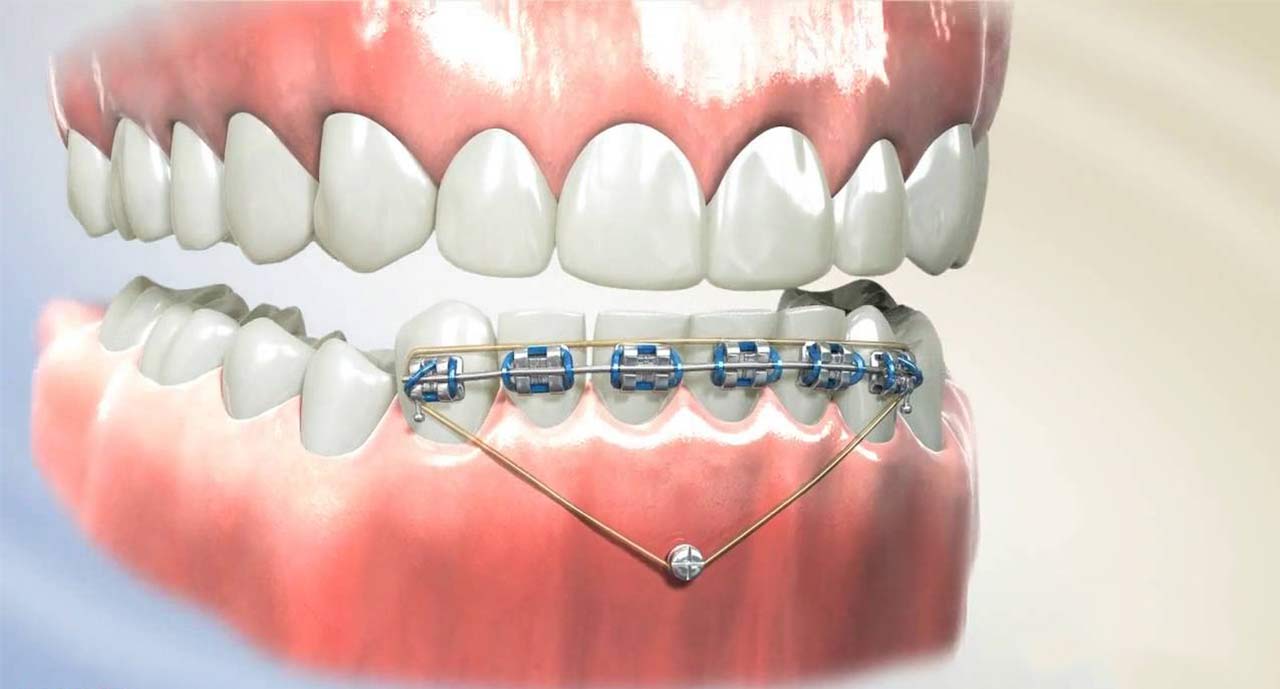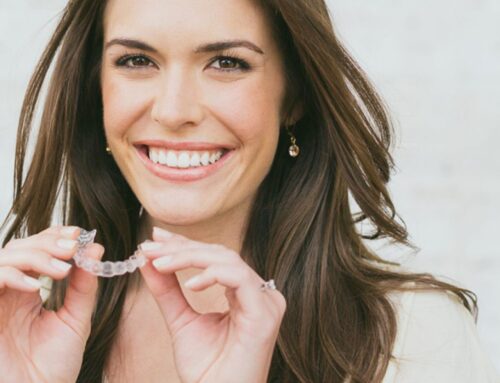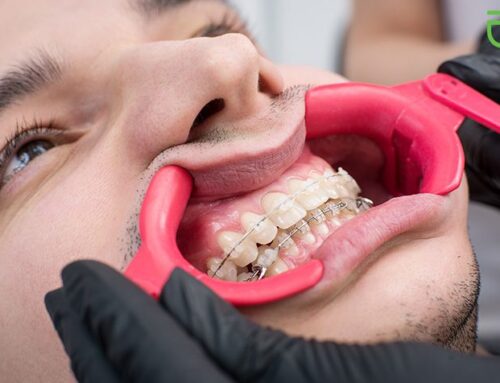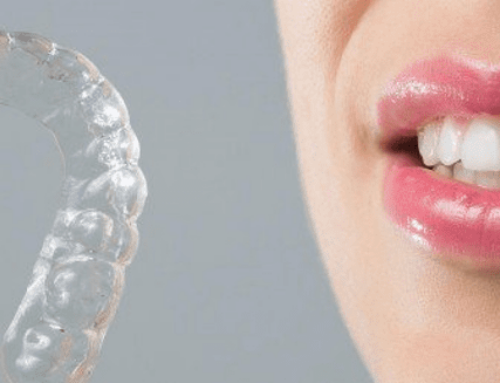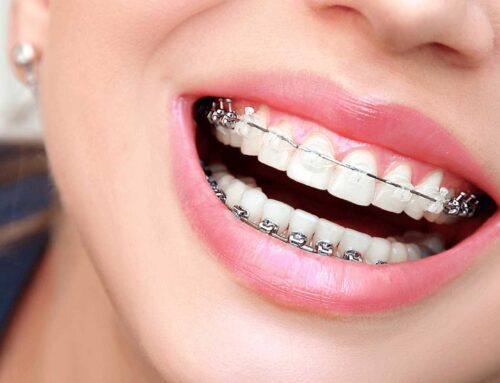TADs in Orthodontics – What Are Temporary Anchorage Devices?
Orthodontists face a challenging task in fitting patients with braces while doing everything in their power to make sure the experience is comfortable and that treatment is as quick and efficient as possible. Additionally, they want to minimize any disruption to a patient’s everyday life.
To accomplish these goals, orthodontists need to incorporate innovative techniques into their practice, and rely on a variety of tools and equipment like Temporary Anchorage Devices (TAD). These anchors contribute to a range of treatments where teeth need to be moved into a healthy and final position.
Patients deserve the best care and understanding how devices like TADs can contribute to this goal is imperative. Let’s explore what makes TADs such a useful part of orthodontic treatments. We’ll breakdown what they are exactly, how they are placed on teeth, their contribution to braces and, ultimately, how they help patients achieve optimal oral health.
What is a TAD?
TADs have been in practice for over three decades but it was only in the last few years when they became a fixture with orthodontists in North America.
TADs are tiny titanium anchors implemented for orthodontic cases to provide a patient with improved comfort and to expedite a treatment. Think of them as miniscrews that are placed in the jawbone to anchor other orthodontic material, keeping specific items in place so that they can do their job.
They are designed to strengthen braces and speed along the movement of teeth, truncating the overall treatment time.
Tooth Movement
Tooth movement in orthodontic care is based partly on the principles of biology and physics. Specifically, it relies on Newton’s Third Law, which states that for every action there is an equal and opposite reaction.
It was also this idea that led to the early advent of headgear. The only problem with this complicated apparatus was that it required a patient to fully buy-in to the notion that their life, and possibly their self-esteem, would be severely impacted over a long period. In any aspect of dentistry, full patient cooperation can be tough to procure and many people felt that headgear simply asked too much of them. Not to mention, headgear has been known to cause injuries, ranging from moderate to severe.
To move teeth that are held securely in place by gums and the jaw, an external force needs to be applied. This movement must be controlled and anchors allow orthodontists to solve a problem that has plagued their specialty since its inception: the undesired movement of a tooth or teeth. Anchors provide the necessary resistance against undesired movement.
There are some known limitations associated with TADs:
- They are not ideal for patients under 12-years-old as their jaws are still developing. With younger patients, an orthodontist must devise different strategies to implement an anchorage system.
- If the dense outer surface of the jaw, known as the cortical bone, is too thin, a miniscrew might not be able to be installed. If an orthodontist opts to install one, it could loosen over time.
- As with all orthodontic treatments, the risk to benefit ratio needs to heavily favour the benefit side. TADs are extremely safe but it is still up to the discretion of the orthodontist to make the final decision whether to include this piece of equipment as part of overall treatment.
If you do experience some slight discomfort stemming from your TAD, you can use Tylenol to alleviate the pain. If it persists for several days, you should contact your orthodontist and book an appointment.
The TAD Design
With respect to a TAD’s design, the head of the device must be of a specific dimension to hold an element in place. It works on the same principle as a typical screw or nail. There are different heads and dimensions but a small diameter of a mini-screw are best for a patient’s oral hygiene and comfort.
The material used to manufacture a TAD are non-toxic. They are built to endure rigor and stress and have proven their durability in both clinical and experimental studies.
The characteristics of a mini-screw should include:
- Immediately loadable
- Small dimensions
- Ability to withstand forces exerted by orthodontic care
- Immobile
- Biocompatible
Most importantly, it should be of equal or superior quality to traditional anchors. Their use should make treatments like braces safer and more efficient.
With respect to biocompatibility, Georgian Dental® works with experienced and recognized naturopaths to test how a patient’s body will respond to a range of materials commonly used in dentistry. The goal is to minimize or even eliminate any negative reaction caused by materials or chemicals to provide the safest dentistry and orthodontic care. This is all part of our dedication to holistic dentistry and our commitment to treating a patient’s overall health, not just their mouth.
How are TADs implemented?
The process to place a TAD inside a patient’s mouth is to numb the gum tissue and surrounding jaw with an anesthetic. Once it’s numb, a TAD will be threaded through the gum tissue and then anchored directly onto the jawbone.
These devices are inserted in the alveolar bone and extra-alveolar bone in the upper or lower jaw. Other areas used for TAD insertion including mandibular symphysis, anterior external oblique ridge and retromolar area of the alveolar crest. A pilot hole isn’t required for most TADs.
While a small amount of discomfort should be expected, the sensation of a TAD insertion is more like a slight tinge of pressure than full-on pain. After a couple of days, you won’t be able to feel its presence. An orthodontist will remove the TAD once a patient has completed treatment or once the tooth is straightened.
All this might sound complicated, but it is actually a quick and relatively easy procedure. It only takes a few minutes and is relatively painless.
Braces Treatments
TADs are often used in conjunction with braces because they provide the most benefit due to their ability to precisely and expertly promote tooth movement.
Historically, orthodontists have used intraoral equipment to move certain teeth while limiting the movement of other teeth. This can be a complicated dance that requires patience and precision. Essentially, this is how braces work and once an orthodontist determines what the final position of a patient’s teeth should be, they will then determine which need to shift and which need to be secured in place.
Braces can be a harrowing experience for patients both young and old, so offering the opportunity to complete treatment in less time should be appealing. TADs are one way to help a patient cross the finish line faster.
Regularly Clean
You can clean a TAD the same way you would braces. Thoroughly brush and floss your teeth regularly and attend checkups based on a schedule outlined by your orthodontist. It is recommended to rinse your mouth with an antimicrobial mouthwash twice a day.
Once treatment is complete, your orthodontist will review a proper oral hygiene routine with you.
Appointment Request
If you’re interested in any of our procedures, and would like to meet with one of our dentists to discuss options, costs and get additional information, complete this short form and we’ll give you a call to arrange for a no-obligation appointment at our Barrie clinic.
